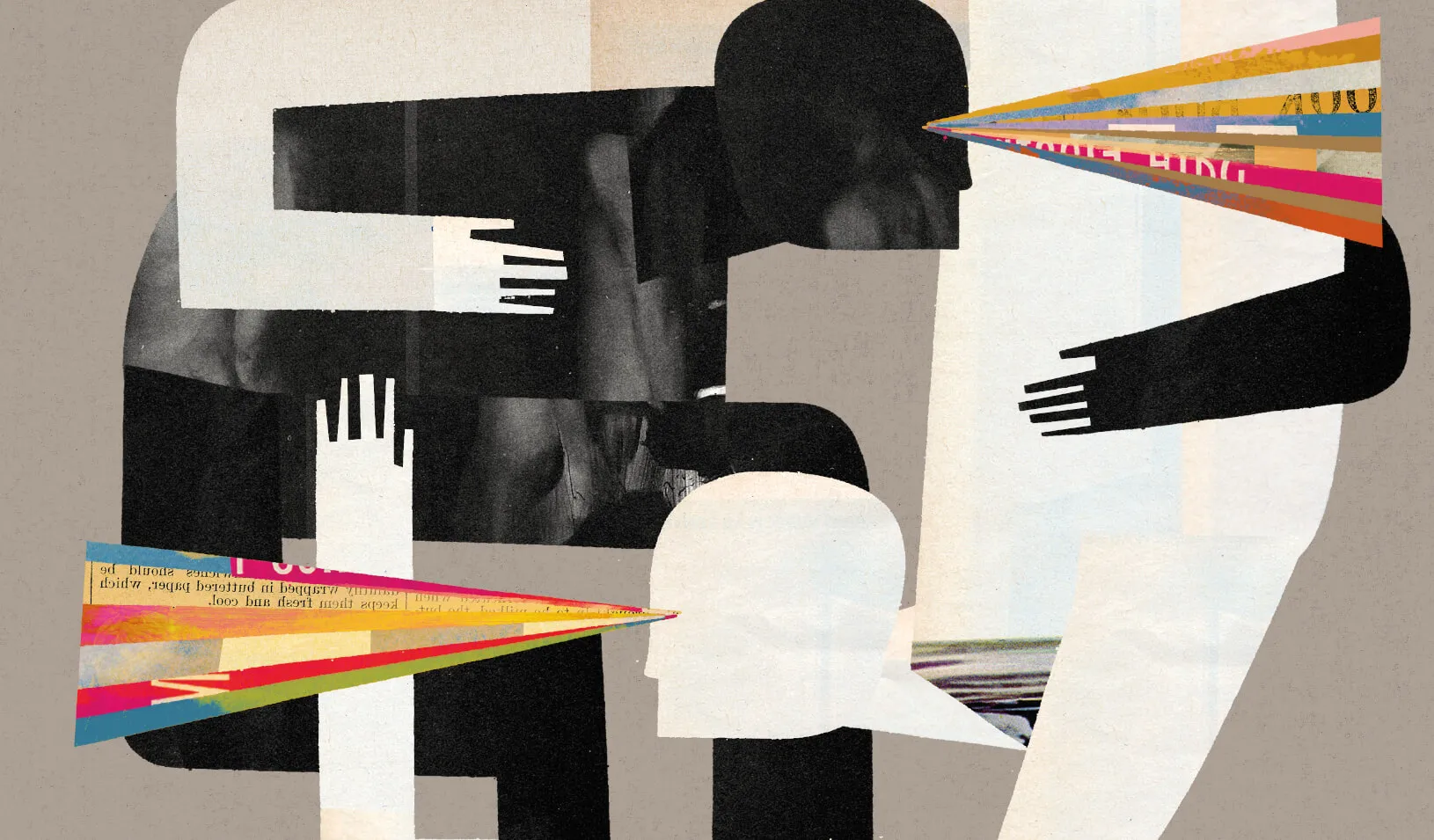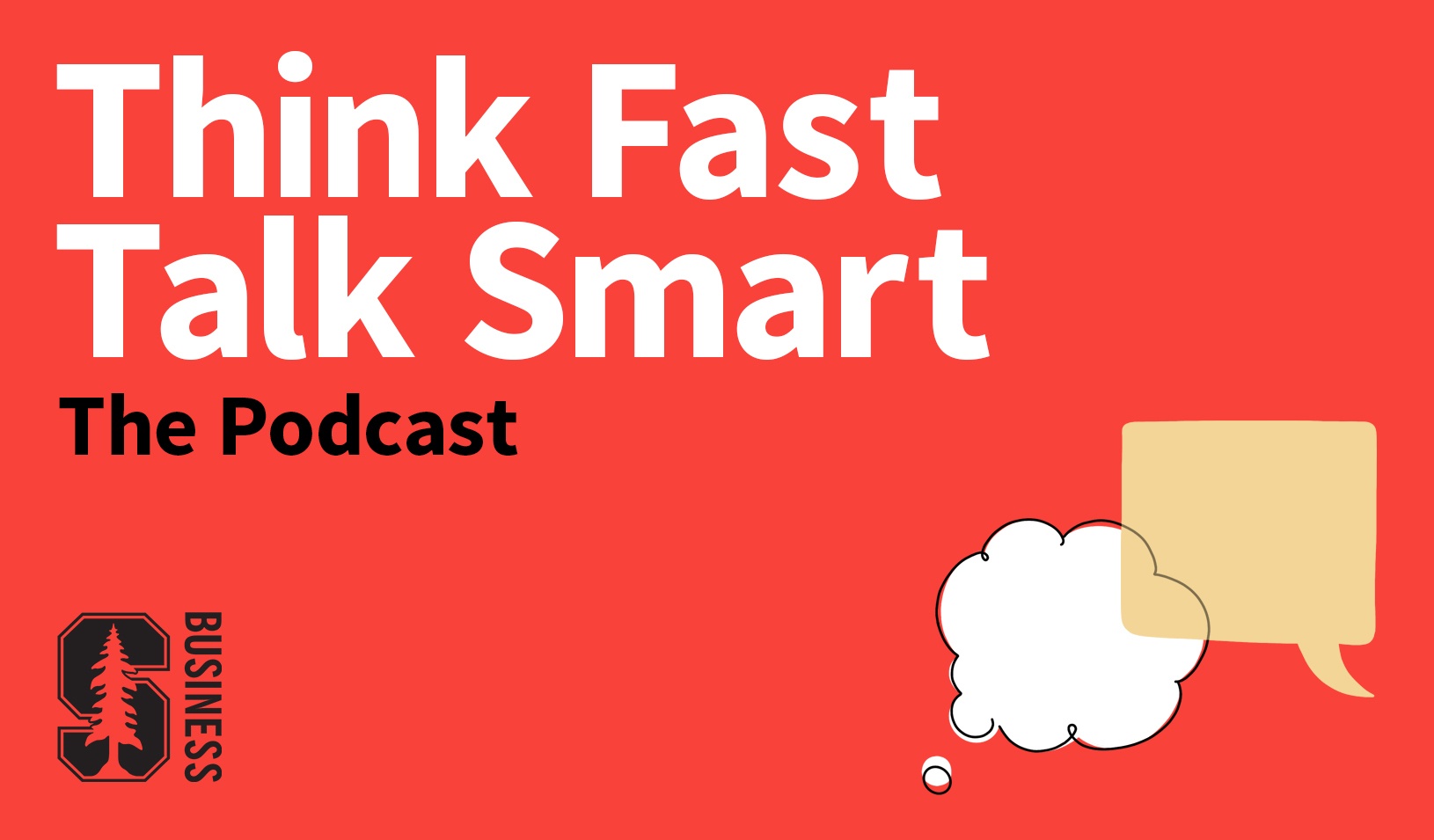Pulling Back the Curtain on Racial Bias
From Hollywood to courtrooms to biased hiring practices, Stanford GSB experts analyze the breadth of racial discrimination — and how to grow beyond it.
June 16, 2020

In the struggle to end racism, it helps to first understand whether it derives from malice or ignorance. | Illustration by Keith Negley
As the nation finds itself in a moment of reckoning with racial injustice, some people are only now awakening to the pervasiveness of biases — both acknowledged and subconscious — that too often shape the lives of Black people. For others, it’s been an affirmation of a systemic problem they’ve experienced their whole lives. Here, we share a collection of past Stanford GSB Insights articles that focus on racial discrimination and the various ways it can be overcome.

Why White People Downplay Their Individual Racial Privileges
Research shows that white Americans, when faced with evidence of racial privilege, deny that they have benefited personally.
People feel better about what they have if they believe they have earned those things as a result of hard work, not via birthright. So denying built-in advantages is essentially a form of self-protection.

The Subtle, and Unsubtle, Influence of “Colorism”
Stanford GSB alumna Chika Okoro challenges America’s image-makers to think before they cast.
“A lot of what we’re seeing in terms of police violence is an unconscious bias against people of color. These are messages we’ve been fed for a long time; it’s very easy to criminalize Black men. Right now our country needs to analyze the belief systems that lead us to characterize people in certain ways.”

The Future of Criminal Justice
A conference on prosecution reform through data discusses the challenges of culture change.
“We can do these things that we think are great and radical and transparent and increase accountability for our office and the system, but it’s a whole other ballgame to get people to go there.”

A Better Way to Diffuse Racial Discrimination
Research shows why understanding the source of discrimination matters.
“Understanding people’s perceptions — whether they view discrimination as intentional or unintentional — allows us to help people by recommending an approach that is more likely to be effective for improving race relations.”

Can You Spot Diversity? (Probably Not)
New research shows a “spillover effect” that might be clouding your judgment.
The way to overcome these built-in biases is to think about why you’re choosing, or not choosing, a particular person for a role. Managers should ask themselves: What decision would we make if we thought our team wasn’t sufficiently diverse? What characteristics or experience should we prioritize when we make our next hire?

Can Job Referrals Improve Employee Diversity?
New research looks at how referrals impact promotions of minorities and women.
Black candidates face pervasive bias in the hiring process — from the outset, they are more heavily screened based on measurable criteria compared with other candidates.
For media inquiries, visit the Newsroom.
Explore More

Masterclass on Stanford’s Most Popular Leadership Course

Hemant Taneja on Balancing Profit and Purpose



